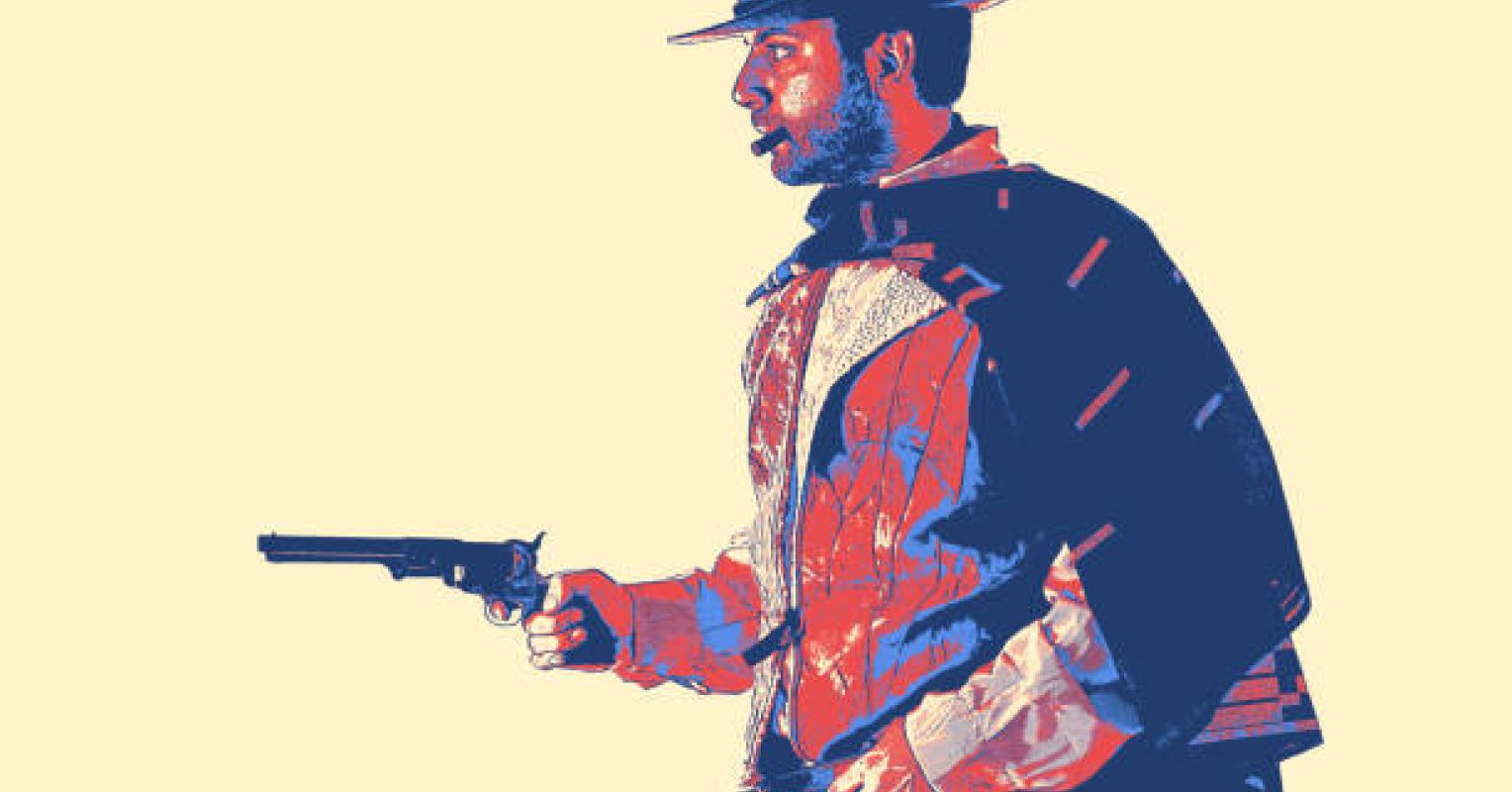
The Columbine High School shooters, Eric Harris and Dylan Klebold, provide a tragic modern example of the outlaw archetype. Their extreme overvalued beliefs (EOBs) were seen in their fixation on the “trench coat mafia.” Such admiration for killers may indicate an important warning behavior for future actions and provide a blueprint for violence.
Adam Lanza, the perpetrator of the Sandy Hook Elementary School massacre, idolized the infamy achieved by earlier mass shooters. He meticulously studied their crimes and incorporated their tactics into his own plan, demonstrating a disturbing pattern of emulation.
Seung-Hui Cho, the Virginia Tech shooter, took this identification a step further by creating a theatrical persona, posing with weapons in photos and videos meant to glorify his impending violence.
These cases exemplify a critical red flag in threat assessment: identification with and emulation of prior attackers as warriors for a cause or grievance. When combined with the psychological allure of infamy, this phenomenon can propel violent ideologies into deadly actions. Recognizing and intervening when such identification emerges is one way to obstruct pathways to violence.
The case of Luigi Mangione, accused of killing the UnitedHealthcare CEO, also adds to this discussion. Mangione has been celebrated by certain groups that view his alleged act as a strike against corporate greed, elevating him to folk-hero status within subcultures. This troubling glorification underscores how violent figures can be reframed as symbols of rebellion, further entrenching the allure of outlaw narratives.
Historical examples like Timothy McVeigh, who bombed the Alfred P. Murrah Federal Building in Oklahoma City, also demonstrate the dangers of rigid belief systems. McVeigh’s fixation on government tyranny and his identification with figures in The Turner Diaries framed his actions as part of a grand ideological mission. These patterns highlight the psychological danger of identification as a warning behavior. In this context, individuals do not simply admire prior perpetrators; they see themselves as continuing their legacy, which can rapidly escalate their plans into catastrophic violence.
Jung’s archetypes: A lesson in shooter narratives
Jung believed that archetypes, though universal, could become distorted under certain conditions, particularly when an individual’s psyche becomes dominated by a single archetypal image. This phenomenon, referred to as archetypal inflation, occurs when a person’s identity is overtaken by a symbolic role, such as the victim, warrior, or hero. In such cases, the archetype no longer serves as a guide for healthy psychological integration but instead becomes a rigid, all-encompassing narrative that drives destructive behavior. For example, the Columbine shooters exemplified a distorted outlaw archetype, channeling their grievances into a belief that violence was justified as rebellion against societal norms. Similarly, Adam Lanza’s identification with the avenger archetype became pathologically overvalued, fueling his descent into mass violence.
The concept of extreme overvalued beliefs (EOBs) helps us understand how distortions of beliefs are channeled into archetype. EOBs are rigid, emotionally charged beliefs that dominate an individual’s thinking and provide justification for their actions. School shooters often exhibit EOBs centered on themes of perceived victimhood, revenge, or the need to rectify imagined wrongs. The victim archetype reflects an offender’s perception of being wronged or persecuted, fueling grievance-collecting behaviors and entitlement to retaliate. The warrior archetype emerges when offenders adopt a “pseudocommando” mentality, framing their violence as righteous and necessary. Timothy McVeigh, for instance, identified with both the victim and warrior archetypes, viewing his attack as a mission to combat perceived government tyranny. Similarly, Adam Lanza’s fixation on misanthropy and mass violence aligned with the victim-hero-avenger archetypes, amplifying his sense of purpose and justification for his actions. Thymotic drives—the desire for recognition, justice, or superiority—further fuel these archetypes, creating a dangerous feedback loop that propels violent ideation into action.
Potential red flags include sudden or dramatic shifts in personality, mood, or behavior, particularly if accompanied by rigid, emotionally charged beliefs about victimization or justice. Parents might notice a heightened interest in weapons, tactical gear, or violent ideologies, as well as the adoption of a pseudocommando mindset, characterized by fantasies of domination and control. Changes in appearance, such as adopting military-style clothing or creating disturbing social media profiles, can further indicate alignment with these subcultures. They might leak their plans to others during a video gaming session or at school. Recognizing and addressing these behaviors early is crucial. Engaging the child in open, nonjudgmental conversations, seeking professional psychological support, and monitoring their online activity are essential steps in prevention.
Moral codes
Outlaws continue to captivate popular imagination, from Robin Hood to Jesse James. These figures are frequently reimagined in literature and film, exploring their motivations and moral ambiguities. Films like Bonnie and Clyde and The Assassination of Jesse James by the Coward Robert Ford emphasize the human complexities of these characters, delving into themes of loyalty, betrayal, and the consequences of their actions. Meanwhile, fictional characters like Han Solo and Arthur Morgan draw from the outlaw archetype to resonate with contemporary audiences, highlighting the enduring appeal of these narratives.
The outlaw archetype serves as both a cautionary tale and a mirror of societal values. While their actions often bring harm, their stories force us to confront deeper issues of inequality, corruption, and the human desire for freedom and recognition. By examining the motivations behind these narratives, including the roles of extreme overvalued beliefs, archetypes, and thymotic drives, we can gain a deeper understanding of the psychological and cultural factors that shape human moral behavior. This understanding is essential not only for preventing violence but also for fostering a society that addresses the root causes of rebellion and discontent.
